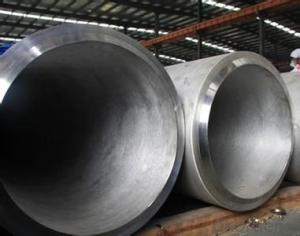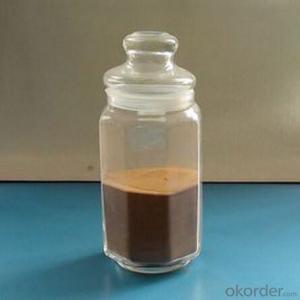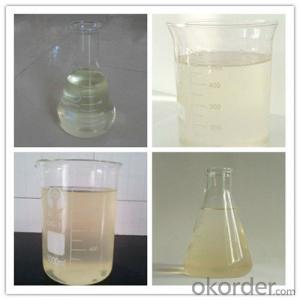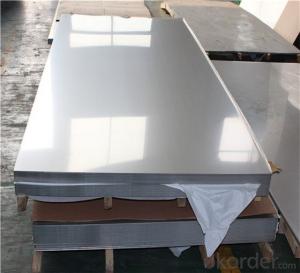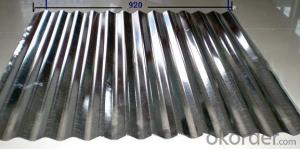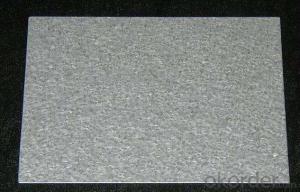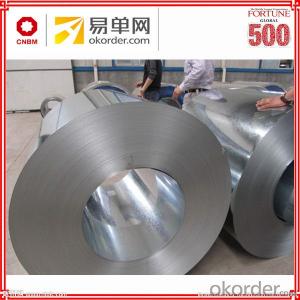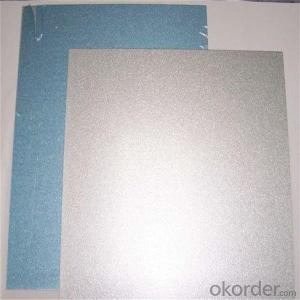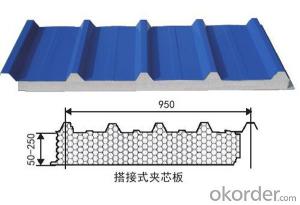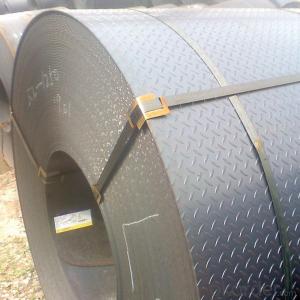Gas Range Stainless Steel
Gas Range Stainless Steel Related Searches
Best Paint For Stainless Steel Paint For Galvanized Steel Steel Frames For Furniture Self Tapping Screws For Steel Surface Grinding Wheels For Hardened Steel Hole Saw For Stainless Steel Paint For Stainless Steel Stainless Steel For Bbq Step Bit For Stainless Steel Sponge For Stainless SteelHot Searches
Cheap High Tea Sets For Sale Portable Led Signs For Sale Stone Hot Water Bottles For Sale Large Led Screens For Sale 1/4 Aluminum Plate For Sale H4 Led Headlight Bulbs For Sale Air Pump For Aquarium Price Inverter Size For Solar System Solar Thermal Collectors For Sale Used Finger Joint Machine For Sale Aluminum Dock Plate For Sale Aluminum Plate For Sale Near Me Solar Chips For Sale Solar Business For Sale Solar Controllers For Sale Pipe Staging For Sale Aluminum Stock For Sale Near Me Used Electrical Wire For Sale 6 3 Electrical Wire For Sale Steel Mesh Panels For SaleGas Range Stainless Steel Supplier & Manufacturer from China
Okorder.com is a professional Gas Range Stainless Steel supplier & manufacturer, offers integrated one-stop services including real-time quoting and online cargo tracking. We are funded by CNBM Group, a Fortune 500 enterprise and the largest Gas Range Stainless Steel firm in China.Hot Products
FAQ
- When considering materials for use in various applications, steel sheets stand out as a superior choice when compared to alternatives like aluminum or stainless steel. One of their primary advantages lies in their immense strength and durability, surpassing both aluminum and stainless steel sheets. This makes them highly desirable for applications that necessitate robustness and resistance to wear and tear. Furthermore, steel sheets offer a significant cost advantage over stainless steel sheets. The production and acquisition costs associated with steel are generally lower, rendering it a more economically viable option for numerous industries. Additionally, the recyclability of steel sheets further contributes to their affordability and reduced environmental impact. On the other hand, aluminum sheets possess a distinct advantage in terms of weight. They are notably lighter than steel sheets, making them particularly beneficial in applications where weight is a concern, such as in the aerospace sector. Moreover, aluminum exhibits a natural resistance to corrosion, making it an excellent choice for outdoor applications or environments with high humidity levels. In contrast, stainless steel sheets excel in their resistance to corrosion and staining. This makes them a perfect fit for applications where hygiene and aesthetics hold paramount importance, such as in the food and medical industries. Furthermore, stainless steel sheets display exceptional heat resistance properties, rendering them suitable for high-temperature applications. In conclusion, steel sheets offer unmatched strength and durability when compared to aluminum or stainless steel sheets, all while maintaining a more cost-effective profile. However, it is important to acknowledge that both aluminum and stainless steel sheets possess unique properties that make them well-suited for specific applications. Ultimately, the selection between these materials hinges upon the specific requirements and limitations imposed by the project or industry at hand.
- Steel sheets are known for their exceptional strength, making them superior to most other metals in terms of strength.
- In cryogenic environments, steel sheets prove to be highly effective. Cryogenic temperatures, which often fall below -150°C (-238°F), have the potential to render materials brittle and weaken their strength. Nevertheless, steel possesses remarkable toughness and can endure low temperatures without suffering significant deterioration. Due to their ability to uphold structural integrity and resist fracturing, steel sheets are frequently utilized in cryogenic applications. They exhibit commendable thermal conductivity, enabling efficient heat transfer from the surroundings and preventing the formation of cold spots that could compromise the material's strength. Furthermore, steel's low coefficient of thermal expansion diminishes the likelihood of dimensional alterations caused by extreme temperature fluctuations. This property is of vital importance in cryogenic environments where precision and stability are imperative. Moreover, steel exhibits resistance to embrittlement, a phenomenon that affects select materials when exposed to cryogenic temperatures for prolonged periods. Certain materials become more prone to fracturing due to the diffusion of hydrogen or other gases into their lattice structure. Conversely, steel displays a high resistance to embrittlement, rendering it a dependable choice for cryogenic applications. To sum up, steel sheets perform exceptionally well in cryogenic environments. They maintain their structural integrity, resist embrittlement, and minimize dimensional changes, making them a suitable material for various applications in industries such as aerospace, energy, and research.
- Some different forms of steel sheets include flat sheets, perforated sheets, expanded sheets, and corrugated sheets.
- Yes, steel sheets are suitable for solar panel frames. Steel is a durable and strong material that can provide the necessary support for solar panels, ensuring their stability and longevity. Additionally, steel sheets can be easily fabricated and customized to meet specific design requirements, making them a popular choice for solar panel frames in various applications.
- There are several different edge finishes available for steel sheets, depending on the desired aesthetic and functional requirements. Some of the most common edge finishes for steel sheets include: 1. Mill Edge: This is the standard edge finish that comes directly from the steel mill. It is a rough, unfinished edge that has not been further processed or smoothed. It is typically used for applications where the edge appearance is not critical, such as in industrial or structural applications. 2. Trimmed Edge: In this edge finish, the rough mill edge is trimmed or sheared to remove any irregularities or burrs. It provides a cleaner and more uniform edge compared to the mill edge, making it suitable for applications where the edge appearance is important. 3. Deburred Edge: This edge finish involves removing any sharp or jagged edges through a deburring process. It provides a smooth and rounded edge, enhancing safety and reducing the risk of injury. Deburred edges are commonly used in applications where handling or contact with the edge is frequent, such as in automotive or appliance manufacturing. 4. Beveled Edge: A beveled edge is achieved by cutting or grinding an angle along the edge of the steel sheet. It creates a sloping or chamfered edge, which can improve the aesthetics and functionality of the sheet. Beveled edges are often used in architectural applications, as they can enhance the appearance and facilitate better jointing or welding. 5. Rolled Edge: This edge finish is created by rolling or bending the edge of the steel sheet to form a rounded or folded edge. Rolled edges provide a smooth and finished appearance, making them suitable for applications where the edge will be visible, such as in decorative or furniture manufacturing. 6. Hemmed Edge: Hemming involves folding the edge of the steel sheet over itself to create a double-layered edge. It provides a strong and finished edge that is resistant to fraying or unraveling. Hemmed edges are commonly used in applications where the edge will be exposed and require added durability, such as in roofing or sign manufacturing. These are just a few examples of the different edge finishes available for steel sheets. Each finish has its own unique characteristics and advantages, allowing for customization based on specific requirements and preferences.
- Yes, steel sheets are highly suitable for shipbuilding. Steel is a versatile and durable material that possesses excellent properties for marine applications. It has a high strength-to-weight ratio, allowing for the construction of robust and sturdy vessels while keeping the overall weight low. Steel sheets also have high tensile strength, which ensures the ship's structural integrity and resistance to forces exerted by waves, wind, and other external factors. Additionally, steel is highly resistant to corrosion, making it ideal for withstanding the harsh saltwater environment. Its fire-resistant properties further enhance the safety of ships. Given these advantages, steel sheets are widely used in shipbuilding and have proven to be reliable and efficient in constructing various types of vessels, from cargo ships to cruise liners and naval warships.
- The different grades of steel used for sheets vary depending on factors such as strength, durability, and corrosion resistance. Some common grades include carbon steel (e.g., A36), stainless steel (e.g., 304 or 316), and high-strength low-alloy steel (e.g., A572). Each grade has specific properties that make it suitable for various applications in industries like construction, automotive, and manufacturing.


















